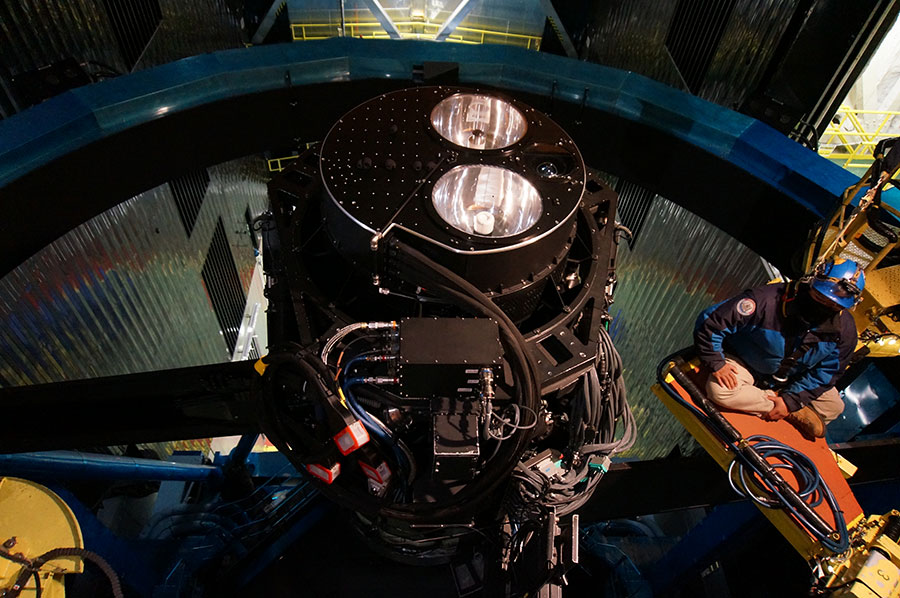
The Subaru Telescope successfully demonstrated engineering first light with a new instrument that will use about 2400 fiberoptic cables to capture the light from heavenly objects. Full operation is scheduled to start around 2024. The ability to observe thousands of objects simultaneously will provide unprecedented amounts of data to fuel Big Data Astronomy in the coming decade.
In addition to cameras, astronomers also use instruments known as spectrographs to study celestial object. A spectrograph breaks the light from an object into its component colors, in other words it creates a precise rainbow...
Read More








Recent Comments